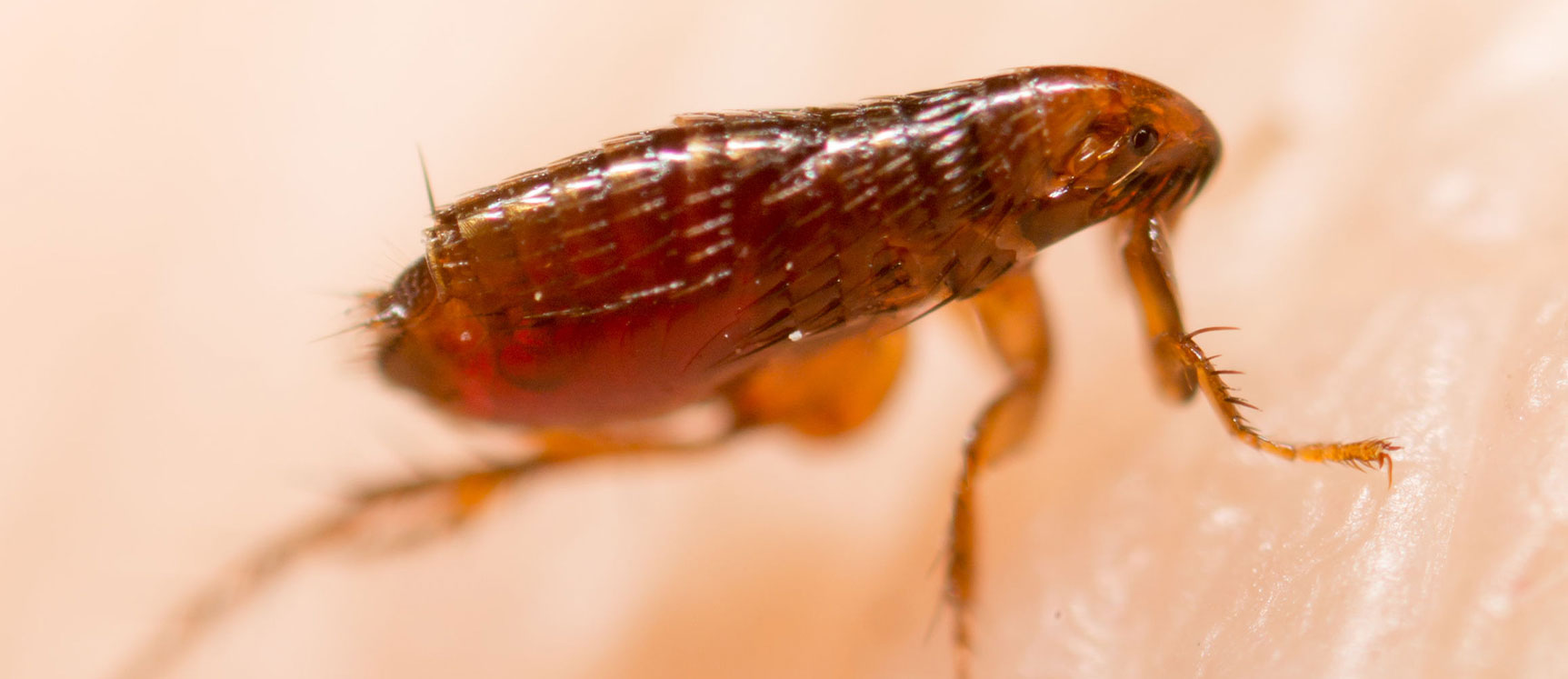Pest Info /
Fleas
Fleas are a type of wingless parasite that love blood and will feed on humans and animals. A flea bite is intensely itchy and secondary infections are common. Treatment options include anaesthetic creams and icepacks to reduce the swelling. Fleas can transmit disease including tapeworm larvae and murine typhus. The cat and dog fleas are common in Australia.
3 main species of flea that infest humans:
Cat flea (Ctenocephalides felis)
Dog flea (Ctenocephalides canis)
Human flea (Pulex irritans)
Characteristics:
Wingless, oval shaped and around 2 to 8mm long
Light to deep brown in colour
Has a disproportionately small head
Has six legs
Has large hind legs that enable them to jump long distances
Blood Feeding
Adult fleas can survive for some months without feeding. The flea uses its saw-like mandibles (jaws) to cut through skin, usually on accessible parts of the body such as the legs or feet. Flea saliva contains anticoagulants to encourage the blood to keep flowing. Female fleas are prompted to lay their eggs after feeding. The eggs are light coloured and oval shaped. The larvae cocoon themselves within weeks of hatching. Vibration, such as footsteps, prompts adult fleas to emerge from their cocoons. This is why you may be bitten after entering a house that has been unoccupied for some time.
Household Pets
Dogs and cats are common 'reservoirs' for fleas. Your pet may be irritated by flea bites and scratch often. Check for fleas by parting the fur, particularly around the ears and rump. Look for the fleas themselves or for flea faeces (poo). Flea faeces look like miniscule dark specks. For a positive identification, place a few of the specks on a piece of lightly moistened white tissue. Flea faeces will leech a ring of blood into the tissue.
Source: Better Health Channel
Copyright © 2012-2021 BumbleBee Pest Control Pty Ltd (ABN: 63 154 998 937)
